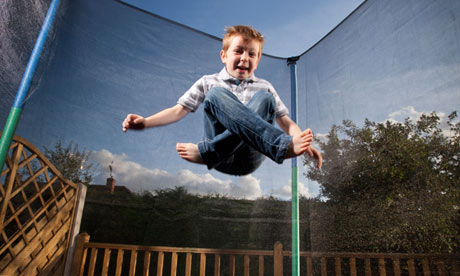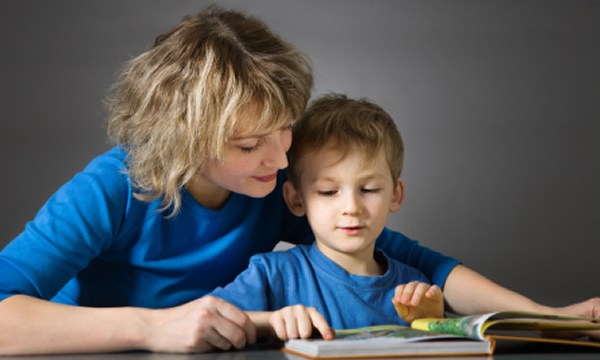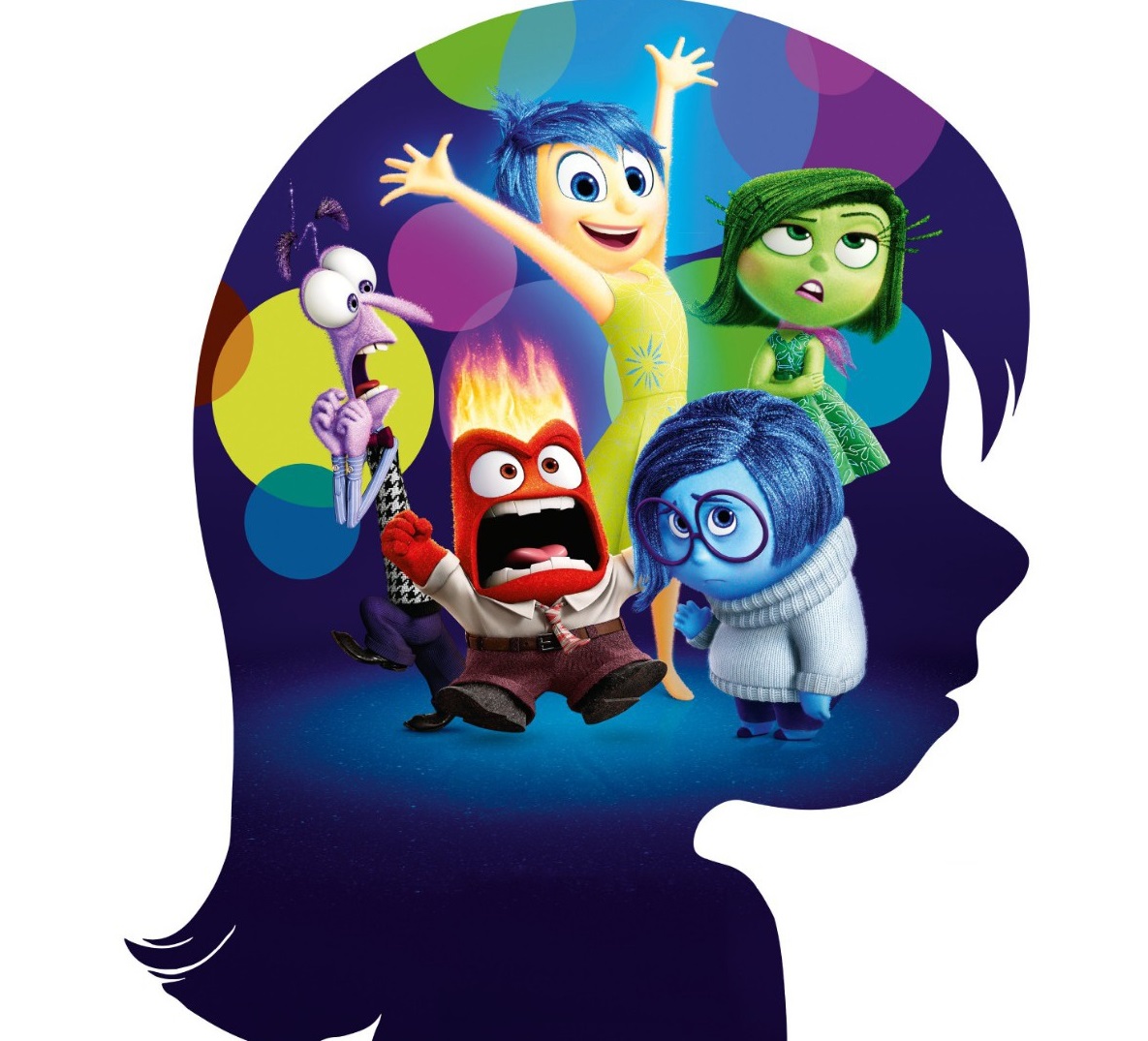Autism, communication and parenting: our journey to learning readiness.
One of the most frequent questions I get asked by parents is ‘how do I get my son to co-operate with me?’. If I were to translate this question into a term more familiar to teachers, it would be how to get ‘instructional control’ with a child that’s everywhere and nowhere in the blink of an eye.
After getting your head around setting expectations (see my earlier post), instructional control is probably the next most important factor in raising your child. I say this in the broadest of terms because if your child is unable to fit into our world, follow directions, engage with others and co-operate, you are on a hiding to nowhere. While I have my own views about society and its role in facilitating integration and the growth of our children, instructional control ultimately comes back to us as parents. Because if we are not able to manage our children, no one else will. Professional personnel, teachers, therapists you name them: they all come and go. Even the best of them only touch our lives for a short time. You are your child’s one constant and the earlier you establish yourself as that the better it will be for everyone.
Applied Behavioral Analysis (ABA)
Yet everyone who has the remotest connection to autism knows that managing behaviors can be very challenging. In fact, a whole school of thought surrounding this area exists in applied behavior analysis (ABA). Many parents place their children in settings be it at home or school that use this methodology. The child is immersed in a highly structured learning environment and is presented with tasks which are designed to establish communication between child and therapist. The approach is designed to create a working relationship and instructional control thus growing the child’s learning readiness over time. As with all tutor delivered therapies outcomes are highly dependent on who delivers the learning and how it is blended with other interventions like sensory integration and speech therapy to mention just two.
 While we tried ABA with the boys it did not work for us. And that was a major disappointment. The idea of having a skilled therapist working up to 25 hours a week with our children was really exiting. But for Val and I and looking back, the implementation of ABA was too prescriptive and boring to be engaging for the boys. It did not excite them in ways that Disney animation and visually stimulating activities did. Being realistic, it would be hard for a therapist to get attention with a red flash card when the boys were already becoming computer literate and watching Disney movies. This is something that teachers across the educational spectrum speak about. The boys also had very substantial sensory needs. Working in a static learning process dictated by their (non) verbal communication ability was very uncomfortable for them. It all amounted to the one premise that no one, least of all the ABA therapist, was connecting with the boys’ visual abilities. And if you are not connecting with a child at some level (any level) you’re going nowhere.
While we tried ABA with the boys it did not work for us. And that was a major disappointment. The idea of having a skilled therapist working up to 25 hours a week with our children was really exiting. But for Val and I and looking back, the implementation of ABA was too prescriptive and boring to be engaging for the boys. It did not excite them in ways that Disney animation and visually stimulating activities did. Being realistic, it would be hard for a therapist to get attention with a red flash card when the boys were already becoming computer literate and watching Disney movies. This is something that teachers across the educational spectrum speak about. The boys also had very substantial sensory needs. Working in a static learning process dictated by their (non) verbal communication ability was very uncomfortable for them. It all amounted to the one premise that no one, least of all the ABA therapist, was connecting with the boys’ visual abilities. And if you are not connecting with a child at some level (any level) you’re going nowhere.
So, while the boys had very severe language and communication deficits they were nonetheless processing visual information way beyond their ability to communicate this thought. So Pavlov’s dog comes to mind in terms of how the boys viewed the overall ABA experience. They did not understand or enjoy the ABA process they were in, with the relationship to their tutor becoming profoundly oppositional over time. Ultimately, the tutor’s parting comments on Conor was that he was ruining her life. While it was early days for Val and I, this was one of the first important pointers to a very important fact. Without effective, reciprocal and emphatic communication, no progress is possible. What you actually get is anxiety and lots of negative behaviors. It seems such an obvious thing to say, but in a world filled with confusion, experts and jargon the obvious can easily get missed. Having said all that several team members either practiced or were familiar with ABA and some elements of the ABA intervention were ultimately integrated into the learning process for the boys.
And what were these? ABA is designed to be intensive. And our children need intensity if they are to have any chance of catching up with their typically developing peers. Another fundamental thesis behind ABA is to closely monitor a child’s behavior and to take steps to help the child cope with our world. ABA accommodates the need for structure surrounding an anxious child that is predictable and easy to deploy. If certain settings or activities cause upset, then the approach suggests removing the child from this situation to prevent debilitating anxiety and ‘meltdowns’. So even though the overall construct of ABA did not work for us, it did influence some of our thinking in terms of getting the boys to learning readiness.
Sensory Integration (SID).
 Sensory integration is such an incredibly important topic that I have already written a post just on this facet of our children’s lives. All of us, no matter who you are, learn from our senses. It’s how we learn what the world is. We taste, feel, smell, see the world to mention but a few. And we put these pieces of information together to understand how we ‘feel’ about something, anything. Like being at a beach or running up the stairs. But if our senses are not working properly, then building an understanding of the world can become very complicated indeed. And if you don’t understand a concept or idea then its very hard to communicate it.
Sensory integration is such an incredibly important topic that I have already written a post just on this facet of our children’s lives. All of us, no matter who you are, learn from our senses. It’s how we learn what the world is. We taste, feel, smell, see the world to mention but a few. And we put these pieces of information together to understand how we ‘feel’ about something, anything. Like being at a beach or running up the stairs. But if our senses are not working properly, then building an understanding of the world can become very complicated indeed. And if you don’t understand a concept or idea then its very hard to communicate it.
For many of our children, their sensory system is out of balance. Their sense of taste can be overpowering making it very difficult to find foods they like. On the other hand, they may have problems sensing motion or their own weight. This leads to a lot of discomfort which the child constantly tries to mitigate. As a result, many of our children spend a great deal of their waking hours running around, jumping and moving without an obvious purpose.
They just crave motion be it on a trampoline or roller coaster. Our boys were so ‘hypo-sensitive’ that they could sit on a spinner and rotate all day and never get dizzy. So without question, if there are sensory integration issues wrapped up in your child’s diagnosis, addressing it will have a profoundly positive impact on your child’s ability to focus and attend. If you want to learn more about this have a look at my blog on the subject.
Language and communication is the key
Beyond what I have said so far, we were heavily engaged in speech and language pathology at a wonderful clinic in Petaluma. The clinic was led by Ms Elaine Stevick who has since largely retired but continues to be very active in the local community. Elaine was working with Conor at her clinic one day and Conor had a major meltdown. And he bit her, hard. So much so that she ended up in hospital for a tetanus injection. Elaine has an incredible spirit and was back at work the next day.
Still any parent in this situation knows how difficult it is to get a great speech therapist to work with your child and Conor, now ten, was becoming a handful. Without some change in his behavior, his learning readiness, instructional control, whatever you want to call it, we couldn’t expect Elaine to carry on working with Conor. And if Elaine couldn’t continue, what next? To Val and I this was a devastating moment for Conor and it was one of several events that convinced me to leave my career of 25 years and focus on the boys.
Conor was using basic picture exchange (PECS) at this time which was helping with functional communication. But he was getting increasingly frustrated with his inability to make himself understood. And given his language system, expectations of people surrounding his were very low which only made the problem worse. Conor was well on his way to a very ‘restricted’ and limited existence unless we could resolve his behaviors.
That evening I was back in our living room observing the boys watching Toy Story and an idea hit me. I went through some clips of the film showing Andy and Sid. Using some basic sign and text I asked Conor who he thought he was. He responded by pointing at Sid! Soon Sid became identified as bad while Andy as good. And then came the question, what did Conor want to be? He pointed to good! This was among the earliest steps that took us from basic PECS communication (which Conor hated) to complex concepts like good and bad.
 Soon we were able to communicate the benefits of being good vs bad. And through this process Conor’s behaviors melted away over time as our communication increased into all kinds of ideas that had been trapped inside Conor. This did not happen overnight, there was an enormous effort in terms of translating Toy Story and other movies into a visual and text communication system. The communication program which ultimately grew into what we call the ALL system today.
Soon we were able to communicate the benefits of being good vs bad. And through this process Conor’s behaviors melted away over time as our communication increased into all kinds of ideas that had been trapped inside Conor. This did not happen overnight, there was an enormous effort in terms of translating Toy Story and other movies into a visual and text communication system. The communication program which ultimately grew into what we call the ALL system today.
Putting it all together
This was a wonderful discovery and without doubt it was the beginning of saving both the boys and indeed our family. But having said that, as Prof. Bryna Siegel once told me, language is simply the gateway to learning. If not an incredibly, vitally important one. So once your child has language you are on the way to learning readiness and instructional control. With language you can become the parent you always hoped you would be. And engage in all the wonderful endeavors we call life.
I’m not just talking about school or academics which come with language. I’m talking about going out to Applebees with your child and knowing what he wants to eat. Watching your child pick up a medal at the local gymnastics competition or just going for a hike as a family. Or perhaps what I’m doing as I write this blog, watching Conor program the ALL language system for children who are now as he once was. And with a joy and intensity that belays the path that brought him to this wonderful place in a leading university.

So to bring us back to where I started today. If we are to be able to parent our unique children, to find a path for them in our world, then language and communication is vital. Without this your child will not become learning ready and you as a parent will have very little instructional control. For Val and I this was a nightmare of confusion and meltdowns. The paths to this communication can be many and varied and I have spoken about just a few. But for us our success rested on understanding the boys and finding the approach that worked for them. It led us to an incredible and hidden ability: their visual reasoning. This led us on to a new path to the greatest visual communicator in the world – Disney and Pixar.
And that fundamentally changed our lives for the better.







Leave A Comment